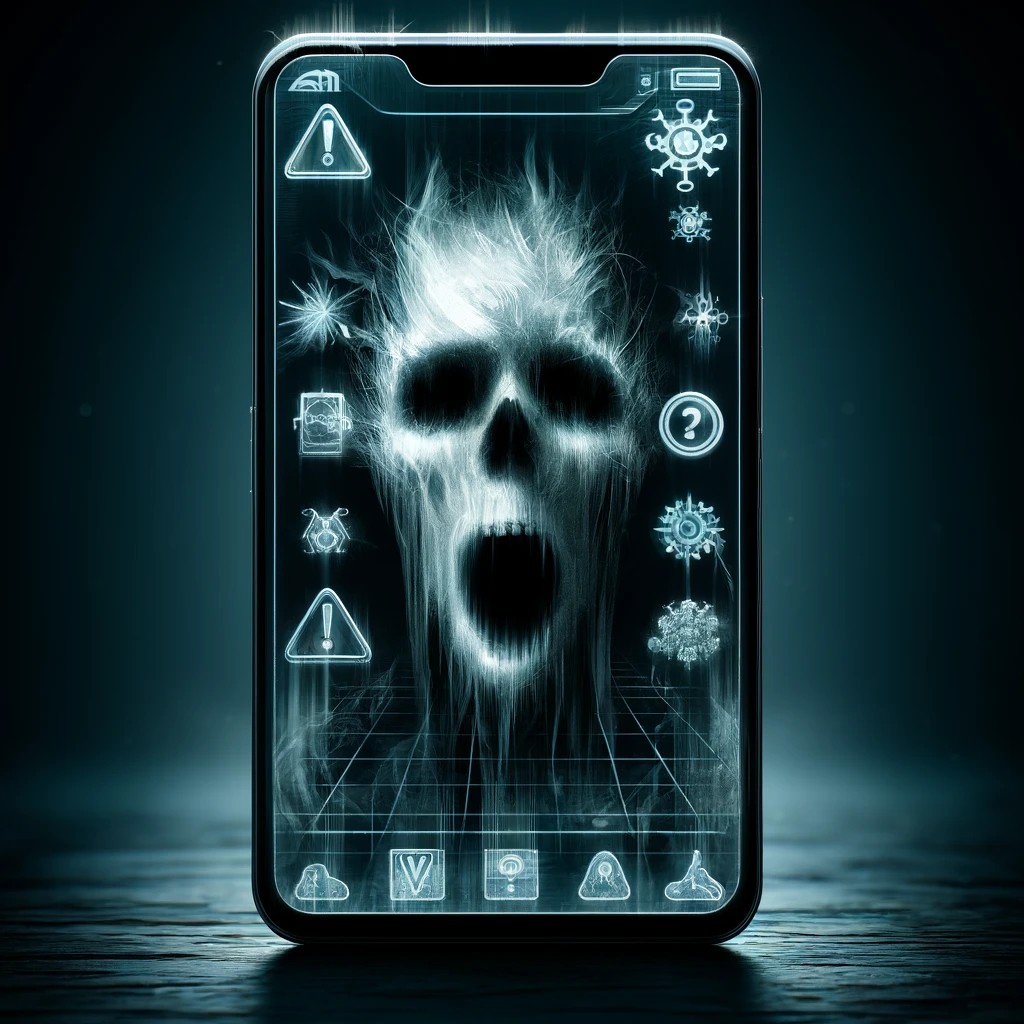
The virus that has been wreaking havoc on smartphones, particularly noted for its ability to disable key functions like SMS messaging while oddly permitting certain activities like unauthorized app downloads, has earned the moniker “Zombie Virus.” This name aptly reflects its modus operandi: incapacitating essential features of the phone while keeping the device operational, albeit in a compromised state.
The zombie virus’s insidious nature lies in its selective disruption of phone functionalities. While it renders the SIM card ineffective, cutting off the user’s ability to communicate via calls or texts, it paradoxically allows the phone to perform other functions, such as connecting to the internet or downloading apps. This selective incapacitation makes the virus particularly dangerous, as it can continue to exploit the device’s capabilities for malicious purposes without immediate detection by the user.
Victims of the zombie virus often first notice something amiss when their phone begins to exhibit unusual behavior, such as spontaneously downloading apps like Tubi. This is just the tip of the iceberg, as the virus operates in the background, disrupting communication channels and potentially gathering sensitive information or facilitating further cyber attacks.
The moniker “Zombie” is particularly fitting, as it suggests the phone is not entirely ‘dead’ but rather operating under the nefarious control of an external agent, much like the fictional undead. The device becomes a shell of its former self, controlled by the virus, which dictates its actions to serve its malicious ends.
Addressing the threat posed by the zombie virus requires a multifaceted approach. Users are advised to exercise caution when opening emails or clicking on links from unknown sources. Regular software updates and reliable security solutions are crucial in safeguarding devices against such sophisticated threats. Moreover, awareness of the signs of infection, such as unexpected app downloads or SIM card malfunctions, is key to early detection and mitigation of the virus’s impacts.
In the battle against the zombie virus, knowledge and preparedness are the primary defenses. By understanding the nature of the threat and taking proactive measures to protect their devices, users can guard against the dire consequences of falling prey to this cunning digital adversary.